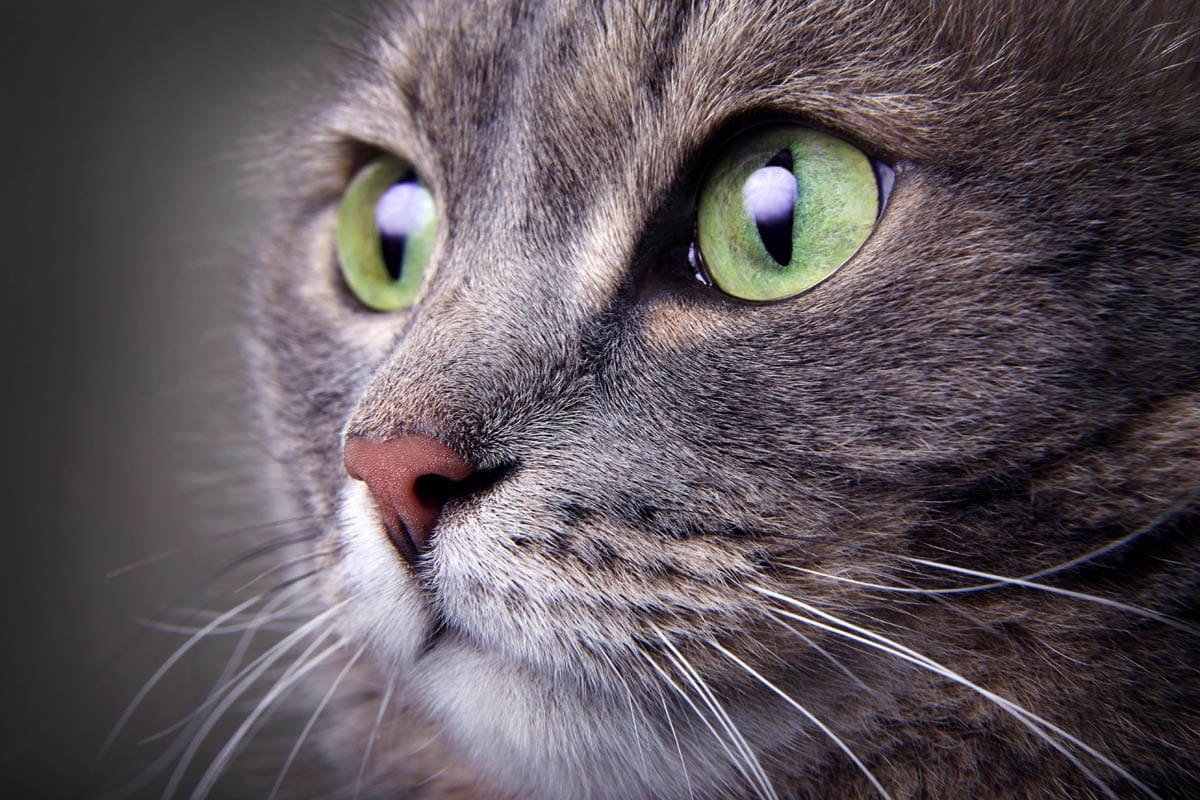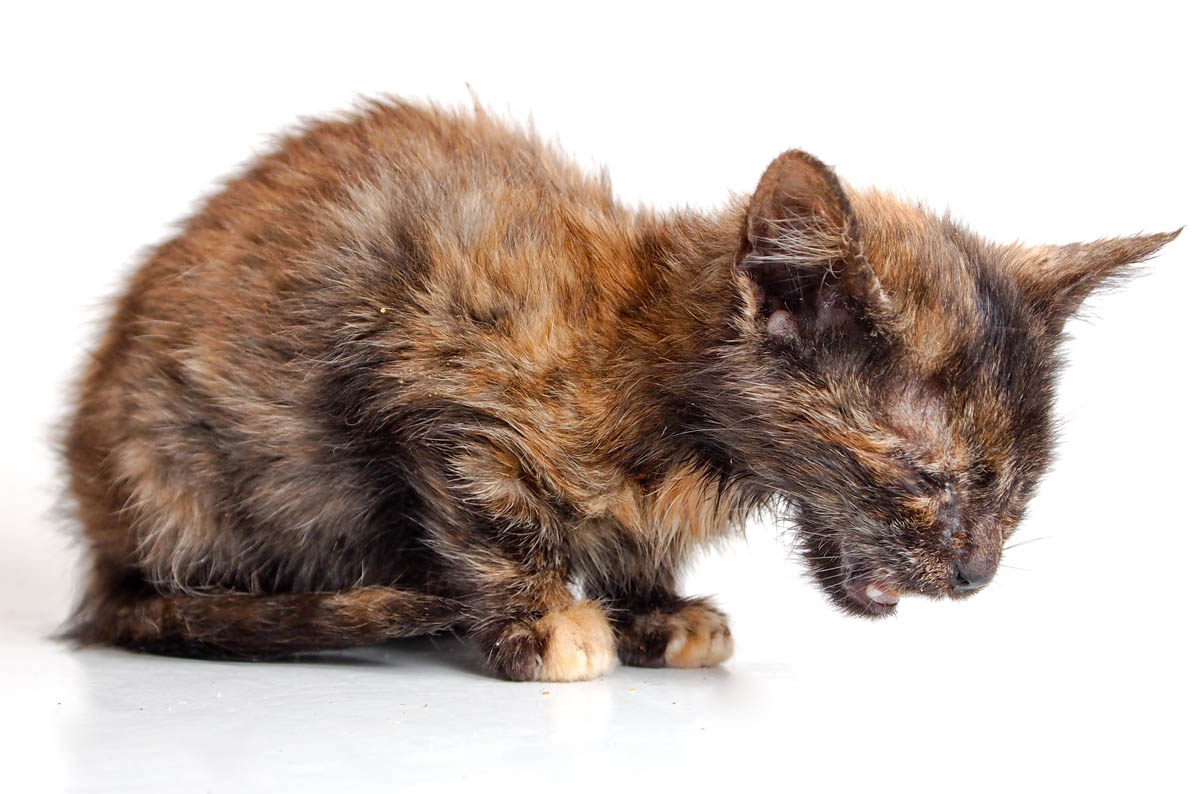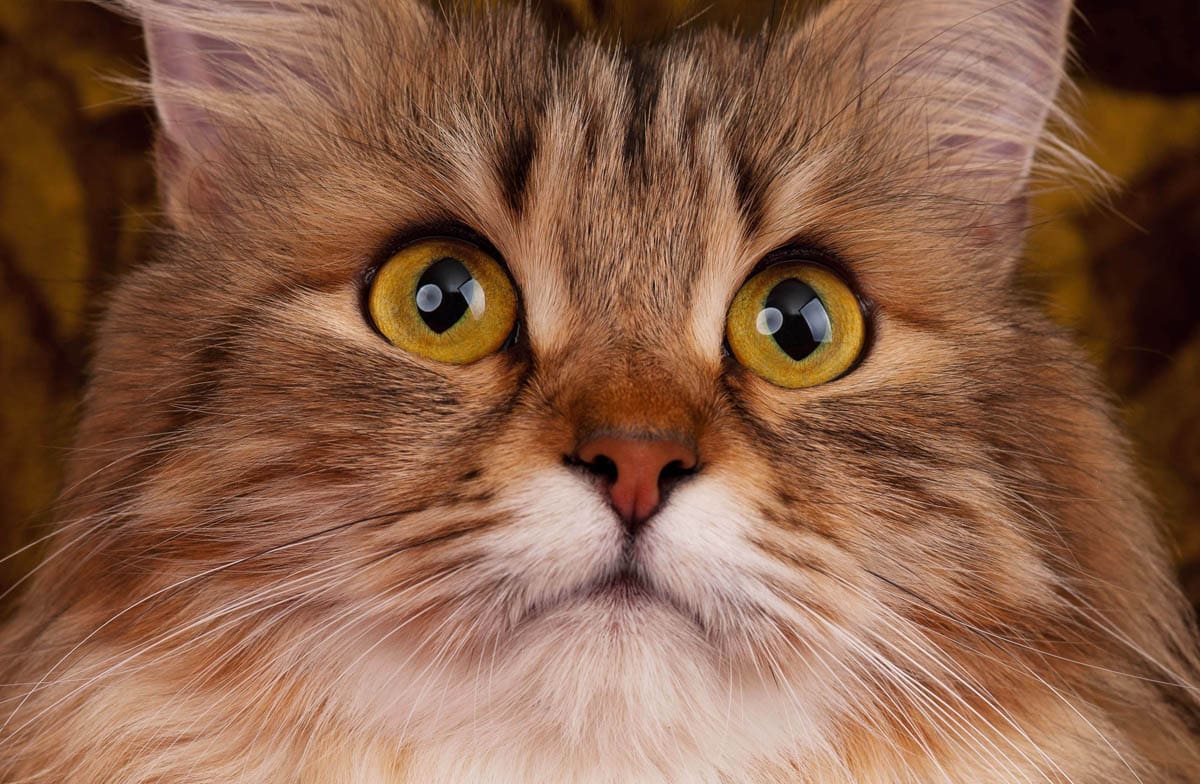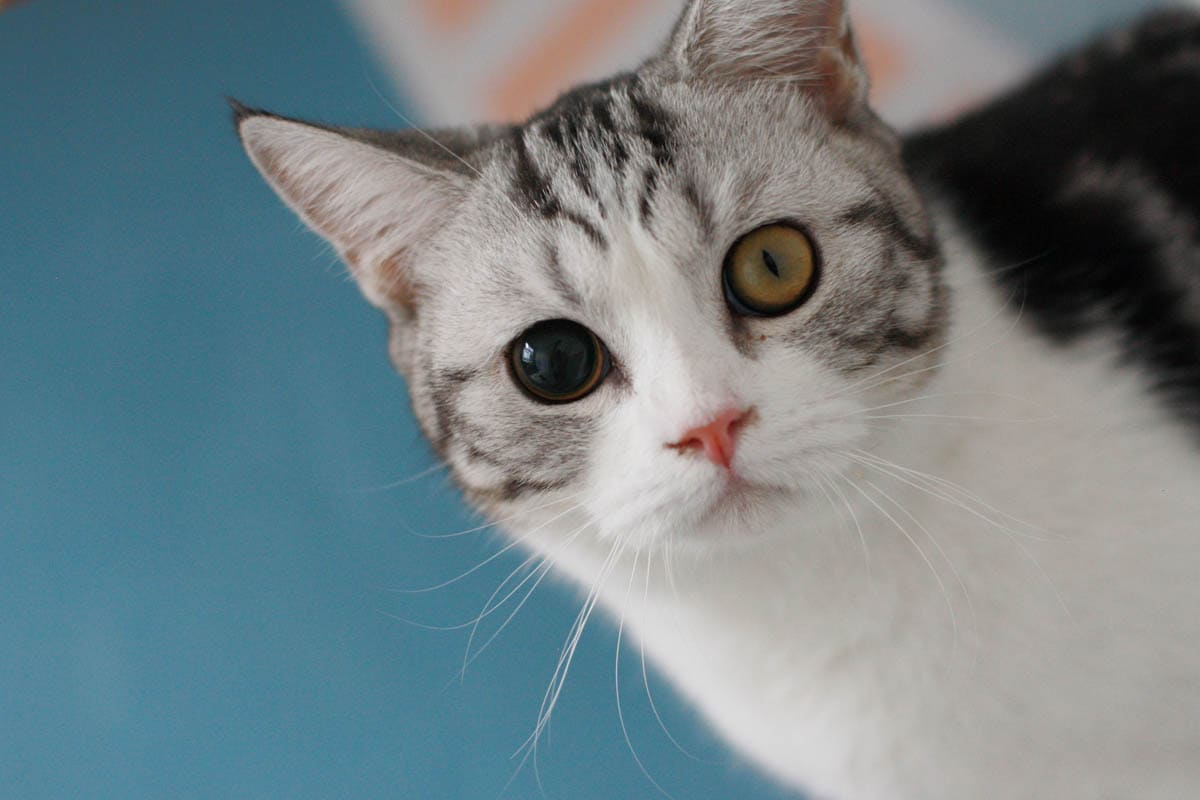What is pulmonary edema?
Pulmonary edema is the buildup of fluid in the air sacs of the lungs leading to shortness of breath. The air sacs (alveoli) are small balloon-like structures where the exchange of carbon dioxide and oxygen occurs. Tiny capillaries surround the alveoli on the outside. When the cat breathes in, air enters the lungs, causing the alveoli to expand, oxygen passes from the alveoli and into the capillaries, carbon dioxide from the capillaries pass into the alveoli and is exhaled out.



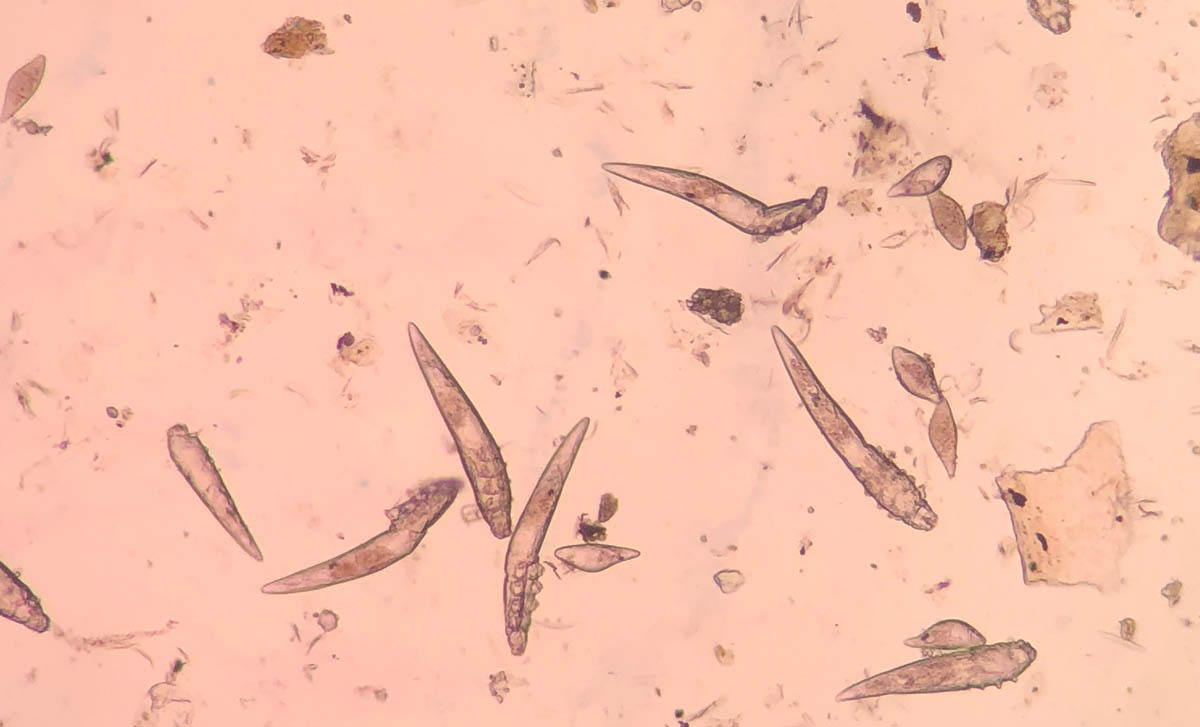
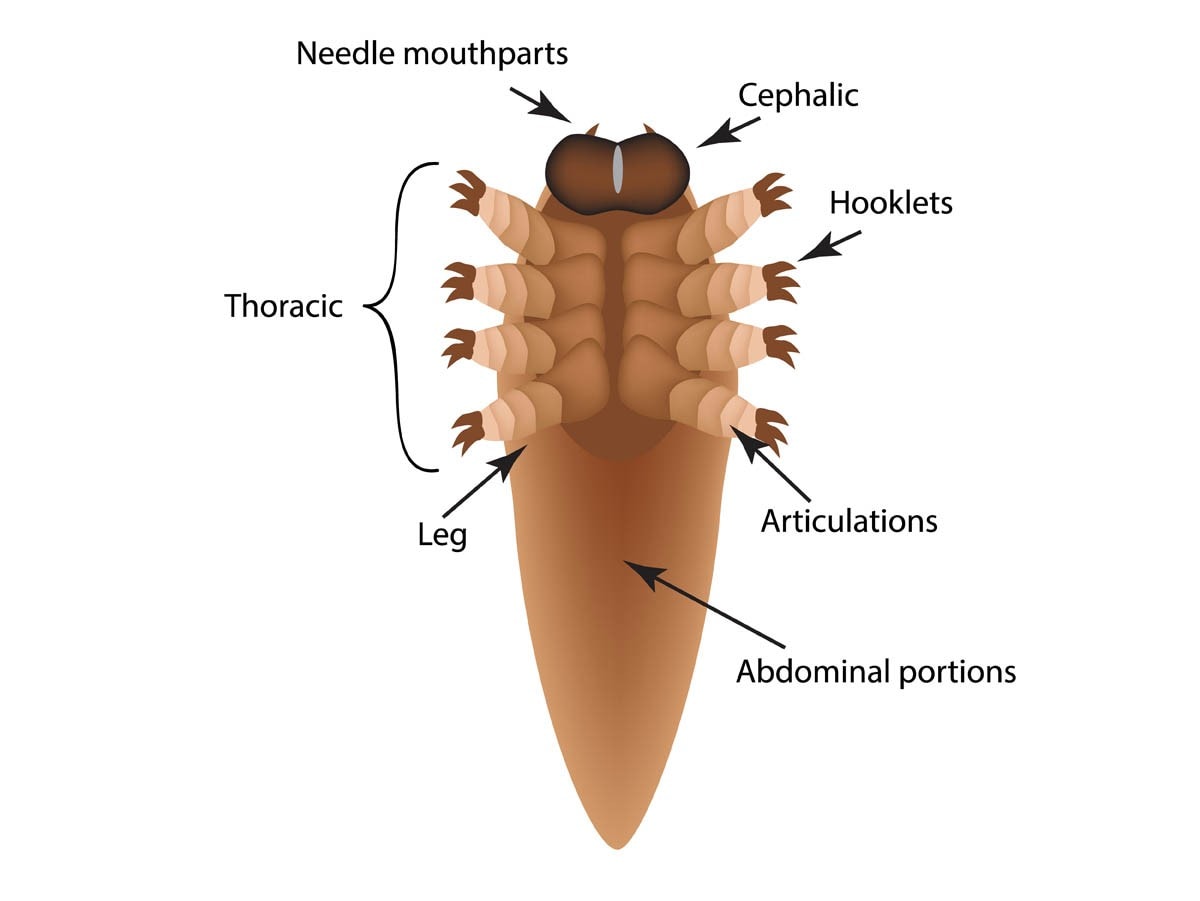 Demodicosis is an inflammatory skin disease in cats caused by the Demodex mite. There are two species, Demodex cati and Demodex gatoi which infect cats.
Demodicosis is an inflammatory skin disease in cats caused by the Demodex mite. There are two species, Demodex cati and Demodex gatoi which infect cats.
